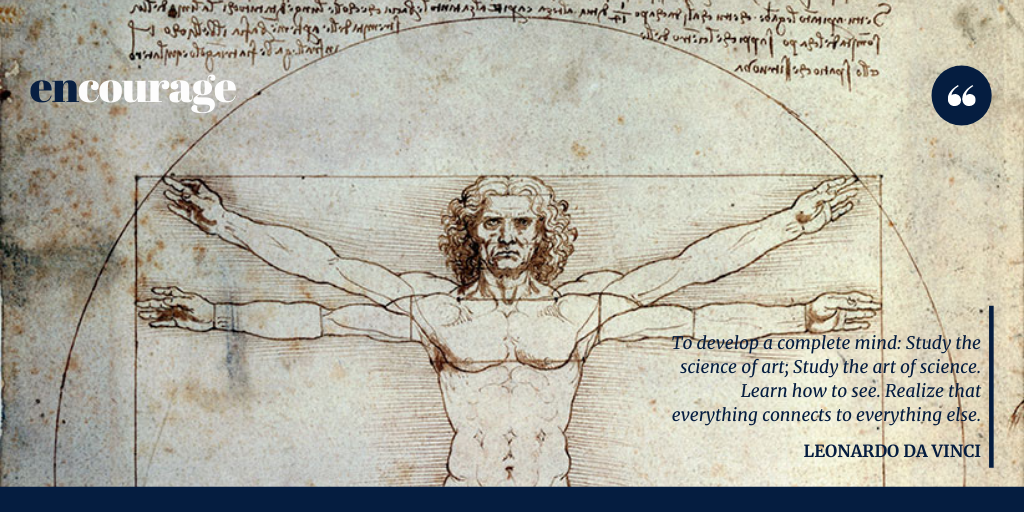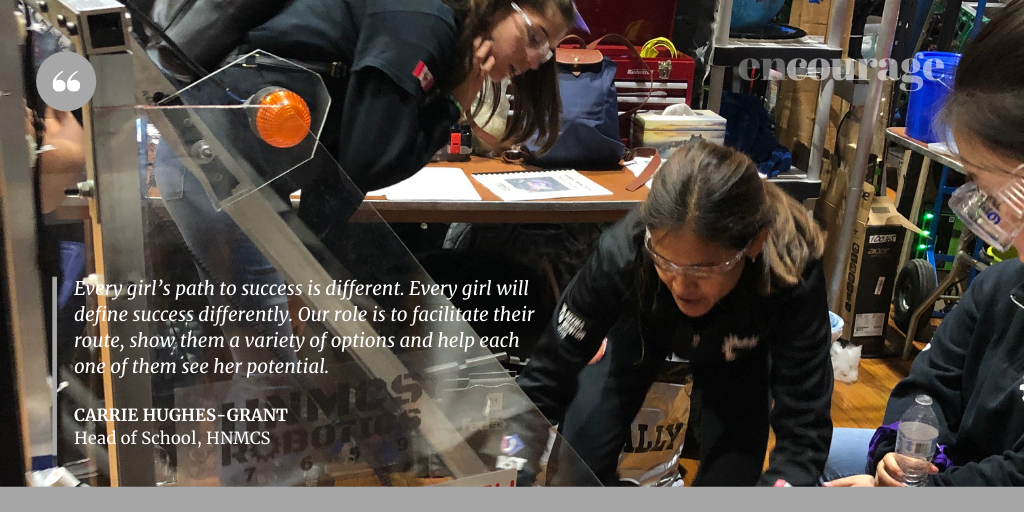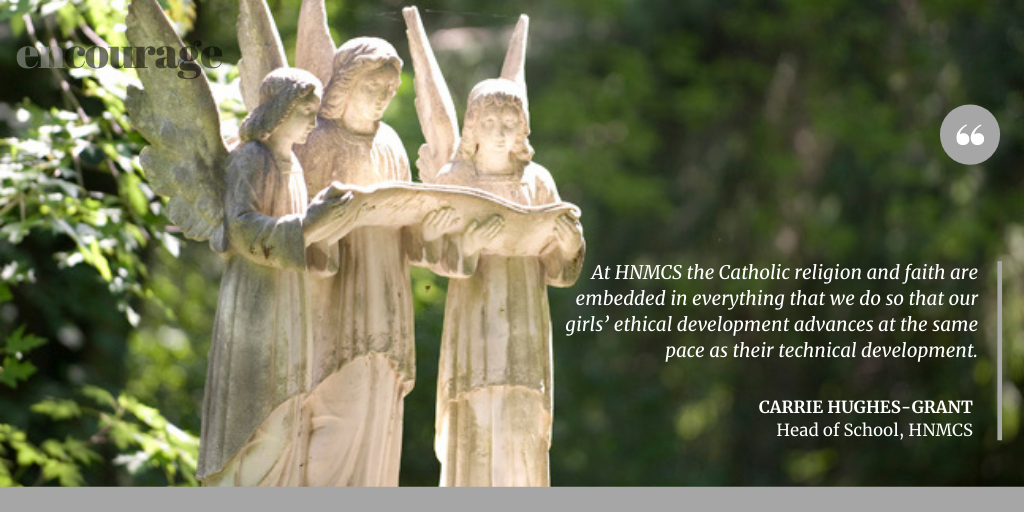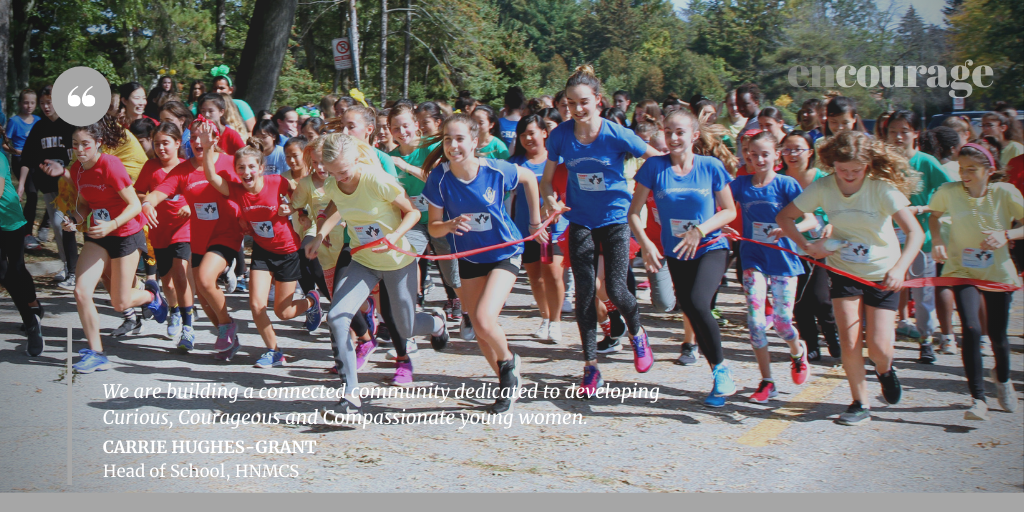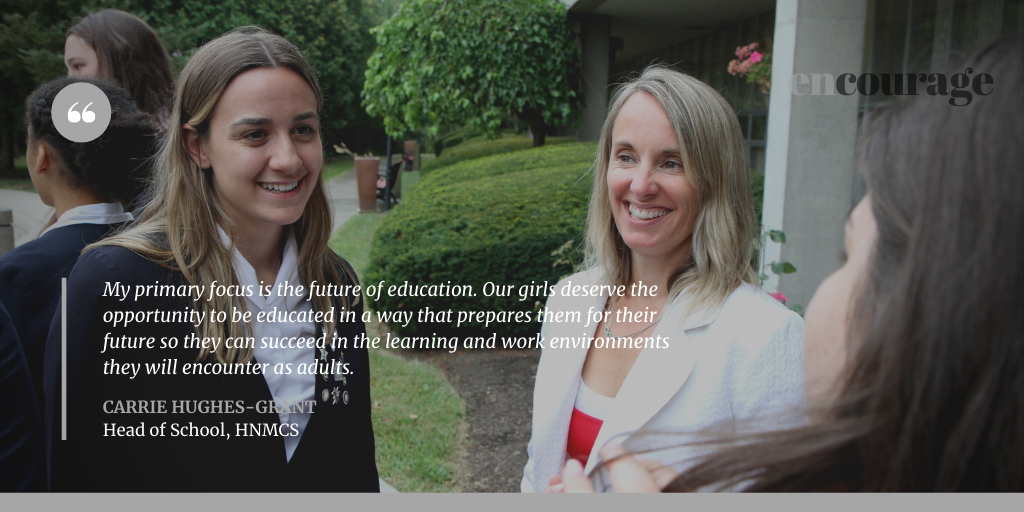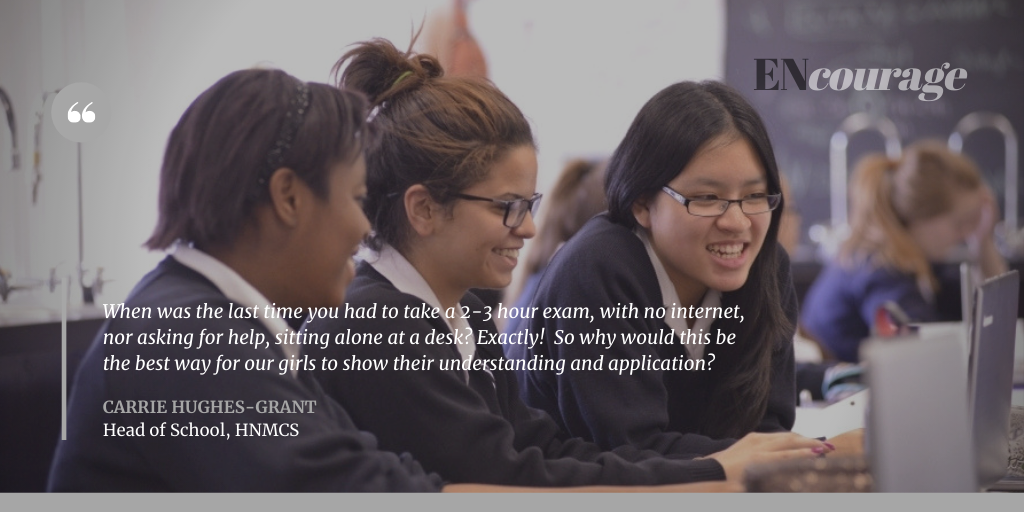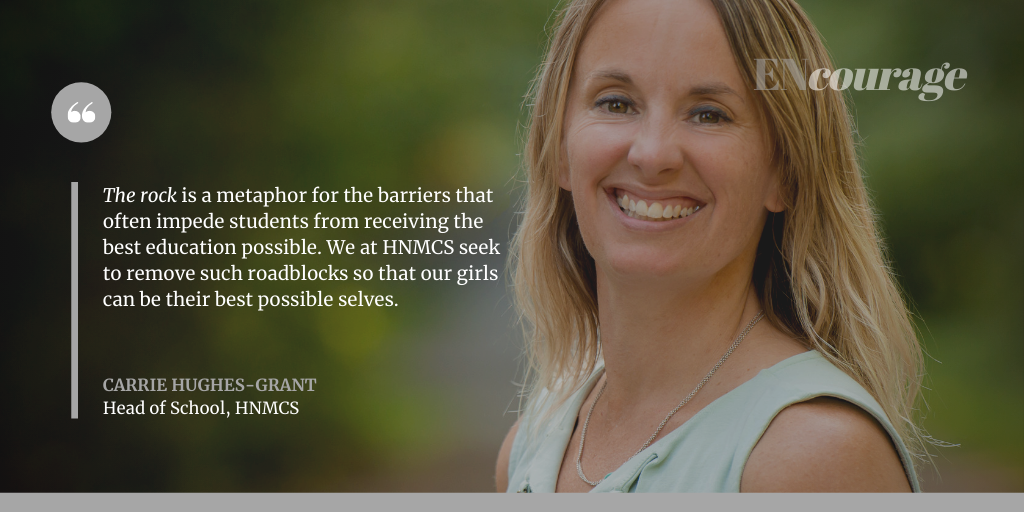We at HNMCS have worked hard and consistently to be recognized as a STEM school. When we opened our doors as a newly independent school in 2008, STEM was a truly great goal for our programmes and more specifically our girls. Now 12 years later, we want to move the school from STEM to STREAM. We will continue to be a school that fosters creativity and innovation, and one that continues to explore through curiosity. Our girls will not only continue to ask how and why, but also if they should.
STEM is an educational curriculum that combines science, technology, engineering, and math. It is meant to be a comprehensive approach; instead of teaching each subject separately, educators aim to incorporate some or all elements of STEM into each project. Two overall goals of STEM are to broaden STEM literacy and participation, particularly among young women and people of colour, as well as to strengthen the STEM workforce by increasing the number of students who pursue a career in a related field. STEAM incorporates all the elements of STEM, but adds the arts into the mix. The main difference between STEM and STEAM is STEM explicitly focuses on scientific concepts. STEAM investigates the same concepts, but does this through inquiry and problem-based learning methods used in the creative process often found and practiced in the arts.
If you were to see inside of a classroom, what would this look like? It would be groups of girls working collaboratively to create a visually appealing product or object that is based in the understanding of a STEM concept, such as the mathematics of the parabola used to create fine art imagery. This is not a new concept as art and science working together goes back to Leonardo da Vinci and music as a memory system to many indigenous peoples around the world. STREAM adds one more layer to STEM and STEAM: reading and wRiting. Advocates of STREAM, including us at HNMCS, see literacy as an essential part of a well-rounded curriculum, as it requires critical thinking as well as creativity. STREAM projects are similar to STEM or STEAM, but fold in the components of reading and writing (The Conversation, June 10, 2018) this can include biographies, essays, fiction and nonfiction, as well as creative writing and journaling. The world opens up to a STREAM student.
HNMCS has a robust Robotics programme and our girls begin coding in grade 5, and these opportunities for our girls will only continue to grow. As I have spoken to several universities over the past year, they have complimented us on the programmes that we are running and excelling at for our girls. Our goal is to create thinkers - outside of the box creators and collaborators. Girls who understand that the world comes together in STREAM as it does in business and medicine and law and humanities and the arts - no one person can achieve alone but rather learns to work together in a team where everyone’s talents compliment each others and they walk side by side through the journey learning together, growing together and failing and succeeding together.

Carrie Hughes-Grant
Head of School

